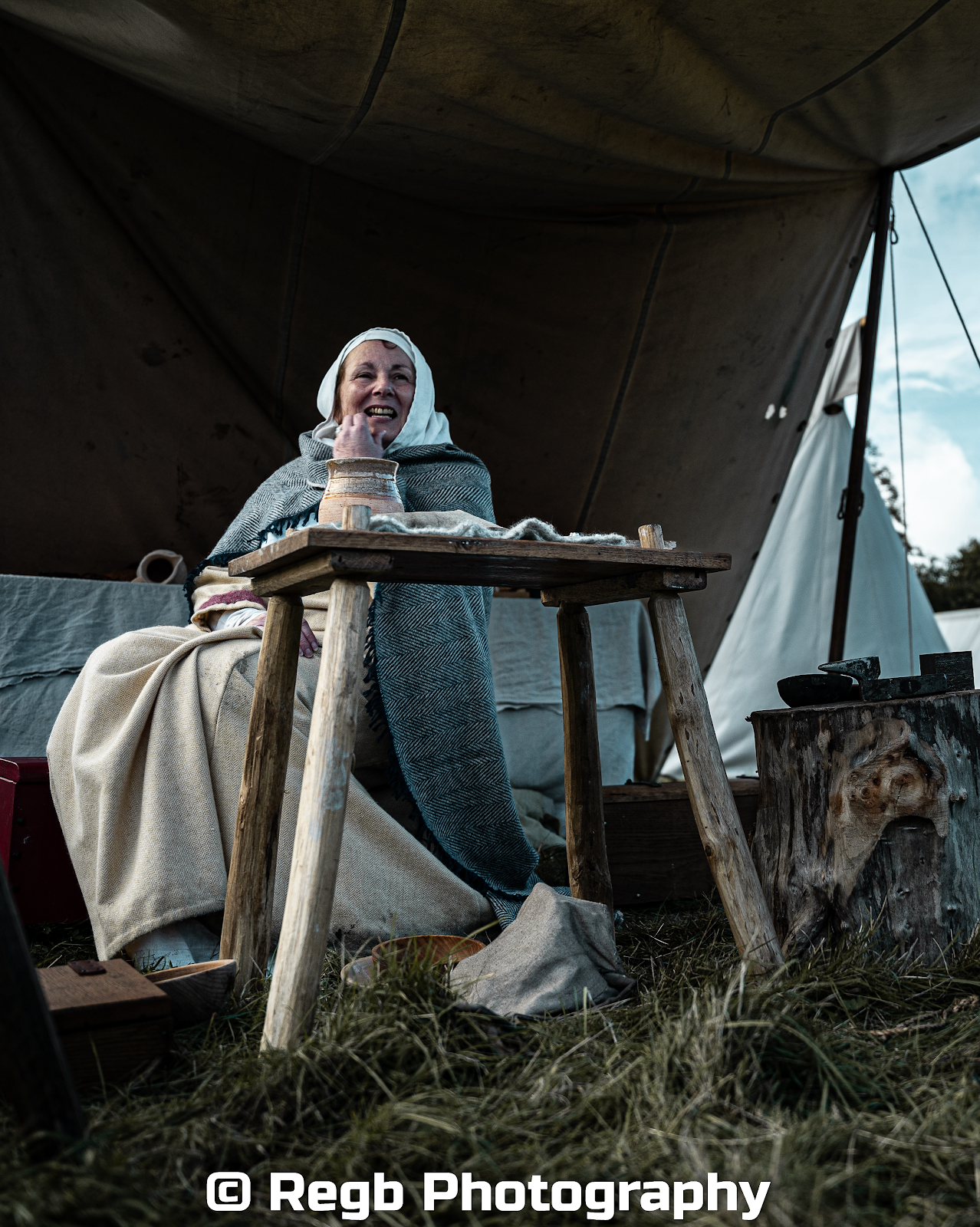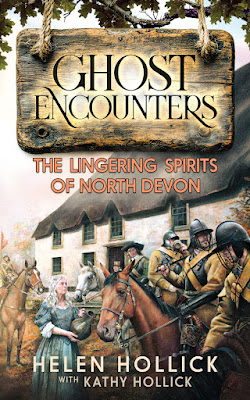Today I'm delighted to hand over the blog to author Alison Morton, whose new book, Double Stakes, is out now. Over to Alison:
History – You can’t keep it out
“Oh, you do Romans, don’t you? In the 21st century,” one crime reader said as she eyed me up as she queued for my neighbouring author in the signing room at a conference.
“I do, and also in the 20th.”
“Why is that?”
“I wanted a woman taking the lead in a thriller but living in a Roman type of society. She’d be a Praetorian in the Roman military.”
“That’s a bit odd. Tell me more.”
I described the concept of an alternative historical timeline where an imaginary remnant of the Ancient Roman Empire had survived through the centuries. Through necessity, women had taken on active roles in this mountain based little nation which had thrived on silver, intelligence, engineering and maintaining their ancestors’ robust attitudes.
She ended up buying all five books in the series at the time. (I have since written several more including two set in the late 4th century when it all began.)
While alternative history setting provides an intriguing environment that interacts with the storylines, the Roma Nova thrillers are at heart thrillers – action, suspense, twisty plots, courageous characters and bad guys of every description. And every character has multiple layers, talents, abilities, hang-ups and failings.
When I was sending out advance copies of INSURRECTIO, the seventh book, and asked writing friends for an endorsement, historical novelist Conn Iggulden sent me a humdinger: “INSURRECTIO – a taut, fast-paced thriller and I enjoyed it enormously. Rome, guns and rebellion. Darkly gripping stuff.”
But he also added a challenge. “You clearly have the knack for fast plotting tension. A *great* scene in the riot. Taut, controlled, exciting stuff! I can't help wondering why you don’t recast Aurelia as a member of the modern day European council and run the story as a crime thriller.” At the time, I was in the middle of drafting RETALIO to follow INSURRECTIO, but Conn’s words stayed with me.
Come the Covid lockdown, I set to and wrote a contemporary crime thriller. Actually, I wrote two.
I’ve always wanted to set a book where I live in the heart of Poitou. I built a pen picture of my heroine: a foot in both camps, so French father and British mother. Her father Henri des Pittones calls her Mélisende; to her mum, Susan, she’s Mel. The dual heritage gives her an automatic inner conflict. (I’m also a dual national.) She’s served in the French Armée de Terre (I did six years in the Royal Signals in the British Army.) As a soldier she needed to be physically fit, but then she’d always loved running through the trees and across fields since she was a child. I dreamt up her home and even gave her a local postcode.
 |
| Photos of Poitou |
But you can’t keep history out of a historian. I decided Mel’s father’s family would be a very old one. Enter a scroll late from the eight hundreds which describes land boundaries, rents, cows and bushels of wheat and a landholder called Gerbertus Pittonorum – possibly an ancestor. The original is held in the Bibliothèque Nationale in Paris, according to Mel.
The Romans? In Double Pursuit, Mel chases one of the bad guys round Trajan’s Market in Rome, plus she has a short but spirited discussion about Ancient Rome and the Celts with her German colleague, Andreas. Caesar and Pliny the Elder call the tribe Pictones. In the 4th century, the poet Ausonius names them as Pictonici and Ammianus Marcellinus uses Pictavi.
So far, so good for ancient history. However, Double Stakes – just out – considers the lesson of more recent history. Writers tend to reflect their current environment; it’s almost inevitable whatever the themes and genre of their books. We see this very clearly in Jane Austen’s remarkable contemporary novels of the early 1800s – security, poverty, marriage, manners, hypocrisy, war and the importance of reputation. But running through them is the change from an agricultural society to an industrial one.Our concerns today are the change from over seventy years of peace, prosperity and democratic inertia to one of economic and security uncertainty and inaccurate information overload. Coupled with this is the frightening rise of the extreme right using the electoral system to manipulate voters’ fears in order to grab political power. Europe was torn apart by autocratic fascist movements in the 1930s/1940s when tens of millions died. That lesson from history is one we should never forget.
Double Stakes is a thriller – hopefully an entertaining and exciting one. But apart from developing a plot in a shifting and dangerous environment, I love to make my characters come alive as human beings. Mel and her colleague Jeff continue to banter, to complement each other in their work skills and to strengthen their personal relationship. They certainly have their work cut out in Double Stakes with investigating kidnapping, corruption, political manipulation and broken family relationships leading to dire consequences.
History never leaves us, whether personal, political or international. We would do well to ensure that it never ceases to be studied by everybody at every age and through every lifetime – and not just by writers.
***************************************
Alison Morton writes award-winning thrillers featuring tough but compassionate heroines. She lives in Poitou in France, the home of Mélisende, the heroine of her latest three contemporary thrillers, Double Identity, Double Pursuit and Double Stakes.
Her eleven-book Roma Nova thriller series is set in an imaginary European country where a remnant of the ancient Roman Empire has survived into the 21st century and is ruled by women who face conspiracy, revolution and heartache but with a sharp line in dialogue.
Six years’ military service, a fascination with ancient Rome and a life of reading crime, historical and thriller fiction have inspired her writing. On the way, she collected a BA in modern languages and an MA in history.
For the latest news, subscribe to her newsletter at https://www.alison-morton.com/newsletter/ and receive 'Welcome to Alison Morton’s Thriller Worlds’ as a thank you gift.






























